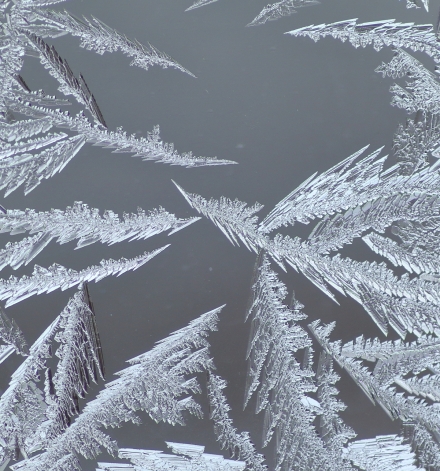Whether we believe that human activity has caused or contributed to climate change, the simple reality is that the weather is not the same as it was before. The warming of the atmosphere promotes more evaporation, and this brings an increase in the energy contained in the atmosphere. More energy means more variation, with larger movements of air, stronger atmospheric pressure variation (both highs and lows), heavier precipitation, and much more wind.
In practical terms, this means that winds of 80+ km/hr will be more common, and we should expect at least several times a year when our roofs will see winds of 120+ km/hr. In terms of precipitation, heavy downpours of 30-40mm per hour may be more common, and need to be planned for. We can also expect heavier snowfalls, and rapid changes in temperature.
So… how is your roof set up to handle these weather conditions? Probably not all that well. If your roof was put together to meet the minimums in the building code, which was based on data accumulated prior to the 1980’s, then your roof is built to deal with conditions that have dramatically changed since that time.
The typical roof failure we’ve seen in recent years include:
- Shingles blow-off
- Water infiltration due to wind-driven rain
- Damage to fascia, soffits and siding
- Leakage due to rapid melting of snow accumulating on the roof, then refreezing,
- Leakage due to volume of rain overwhelming the gutters, and backing up the eaves, valleys and end-walls,
- Excessive wear on shingles from water falling from a higher level
- Excessive drying-out due to prolonged heat and sun exposure
- Caulking failures around chimneys, skylights, vents and other roof features
- Excessive snowfalls with up to 24″ or more of snow accumulation requiring snow clearing to reduce the weight on the roof.
It would be a good idea to verify that your roof system can cope with the new conditions, and if weaknesses are found, to determine the best way to “fortify” your castle. If you wait for a news-worthy weather event to damage your roof, you may be looking at a very expensive repair bill, not to mention inconvenience and even some personal danger.
If you haven’t considered it before, maybe it is time to look at some of the newer products and installation methods that have a much better ability to cope with the temper tantrums that Nature seems to throw more often.
At the very least, you may want to look at the incorporating layers of protection that should allow your roof to withstand the more extreme events. Each roof behaves somewhat differently, so an inspection is usually needed to establish the potential weaknesses, and the appropriate counter-measures.
(c) 2013 Paul Grizenko

